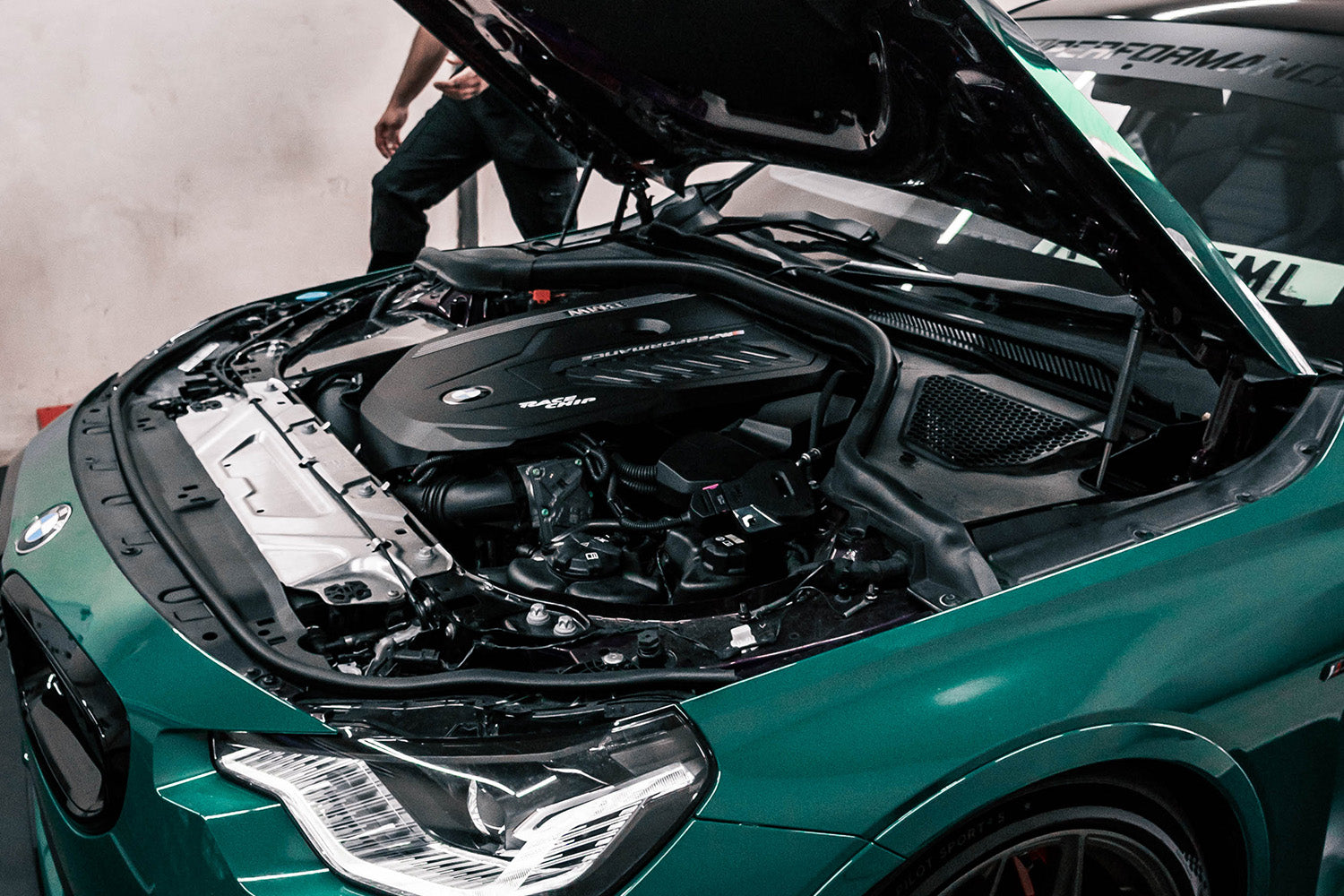The Duty of BMW Engine Design in Achieving Exceptional Fuel Effectiveness
The Duty of BMW Engine Design in Achieving Exceptional Fuel Effectiveness
Blog Article
Checking Out the Development of Combustion Engines in Modern Transportation Systems
As we navigate the landscape of modern-day transportation, the advancement of combustion engines stands as a testament to human ingenuity and engineering prowess. The interaction of history, technology, and ecological worries in forming the trajectory of combustion engines produces a narrative that is both insightful and compelling.
Early Beginnings of Combustion Engines
Exactly how did the idea of burning engines initial emerge in the early phases of transportation development? The roots of burning engines can be mapped back to the 17th century when the principles of inner burning were initial checked out.
The innovation minute included the innovation of the very first successful gasoline-powered engine by Karl Benz in 1885 - bmw engine. This engine led the means for the advancement of the modern auto, transforming transport systems worldwide. Succeeding technologies by Nikolaus Otto and Gottlieb Daimler even more improved burning engine innovation, leading to the mass manufacturing of vehicles and the quick development of the transportation industry
These very early burning engines were characterized by their simplicity and effectiveness, laying the foundation for the facility and effective engines made use of in contemporary transport systems. The advancement of combustion engines has actually been important in forming the method we travel and transfer goods, noting a substantial landmark in the history of transportation development.
Shift to Internal Combustion Innovation
The shift to interior combustion technology marked a crucial change in the development of transportation systems. This change began in the late 19th century, with creators like Nikolaus Otto and Gottlieb Daimler establishing the first successful interior combustion engines. These engines transformed transport by offering a much more powerful and reliable option to heavy steam engines and electric motors.
One of the vital benefits of interior combustion engines was their capacity to be reduced to match automobiles, leading to the advancement of autos and motorbikes. This shift from large, fixed engines to portable, mobile ones paved the method for the modern transportation systems we see today.
The shift to inner burning innovation also spurred innovations in fuel technology, leading to the growth of gas and diesel as main gas sources for cars. This change not just made transport a lot more accessible to the masses however likewise laid the foundation for the oil and gas market to become essential to international economic situations.
Influence of Combustion Engines on Transportation
The adoption of combustion engines in transportation systems catalyzed a profound shift in the performance and rate of worldwide flexibility. Burning engines revolutionized transport by supplying a flexible and reliable resource of power for different vehicles, including cars, ships, trucks, and planes. This innovation substantially enhanced the capability for people and items to relocate over cross countries in shorter amount page of time, resulting in enhanced connectivity between regions and nations.
Furthermore, the widespread use image source burning engines has actually had a substantial influence on financial growth. The ability to transport goods effectively has actually spurred profession and business, enabling organizations to broaden their markets and reach customers worldwide. This has facilitated economic growth and globalization, as products can now be carried much faster and in bigger quantities than ever in the past.
However, the environmental influence of burning engines can not be ignored. The combustion of fossil gas has actually brought about air contamination and greenhouse gas exhausts, adding to environment adjustment and presenting health and wellness risks to populations. bmw engine. Because of this, there is an expanding emphasis on creating alternative propulsion innovations to reduce these negative results and create a more sustainable future for transport
Technologies in Burning Engine Design
One noteworthy technology is the growth of turbocharged engines, which utilize exhaust gases to drive a turbine that presses inbound air, allowing for more gas to be charred, resulting in enhanced power outcome without a substantial rise in engine dimension. Variable shutoff timing systems have actually also changed engine style by maximizing air movement at different engine speeds, boosting both power and effectiveness. These technologies jointly add to the constant renovation of combustion engines in modern transport systems.
Future Trends in Burning Engine Advancement
With technology developments driving continual innovation, the future of burning engine advancement is positioned to transform transport systems globally. One of the essential patterns in combustion engine growth is the press towards higher efficiency and reduced exhausts.
An additional famous pattern is the fostering of hybrid modern technologies in combustion engines. Hybrid engines combine standard burning modern technology with electrical power, offering improved fuel efficiency and lower discharges. As the automotive market changes in the direction of electrification, crossbreed burning engines are seen Extra resources as a transitional solution that connects the space in between traditional automobiles and completely electrical ones.
Moreover, the assimilation of smart innovations, such as expert system and information analytics, is expected to play a considerable role in the future of burning engine growth. These technologies can optimize engine efficiency in real-time, leading to extra effective combustion processes and enhanced total vehicle efficiency. Welcoming these future fads will certainly not only drive advancement in combustion engine advancement but likewise contribute to a much more environmentally pleasant and lasting transport community.

Verdict
In verdict, the development of burning engines in contemporary transport systems has been marked by substantial improvements in technology and layout. From the early starts of combustion engines to the shift to internal combustion modern technology, these engines have actually had a profound effect on transportation.
The origins of burning engines can be mapped back to the 17th century when the concepts of internal combustion were very first explored. These engines transformed transport by offering a much more powerful and effective choice to heavy steam engines and electrical motors.

Report this page